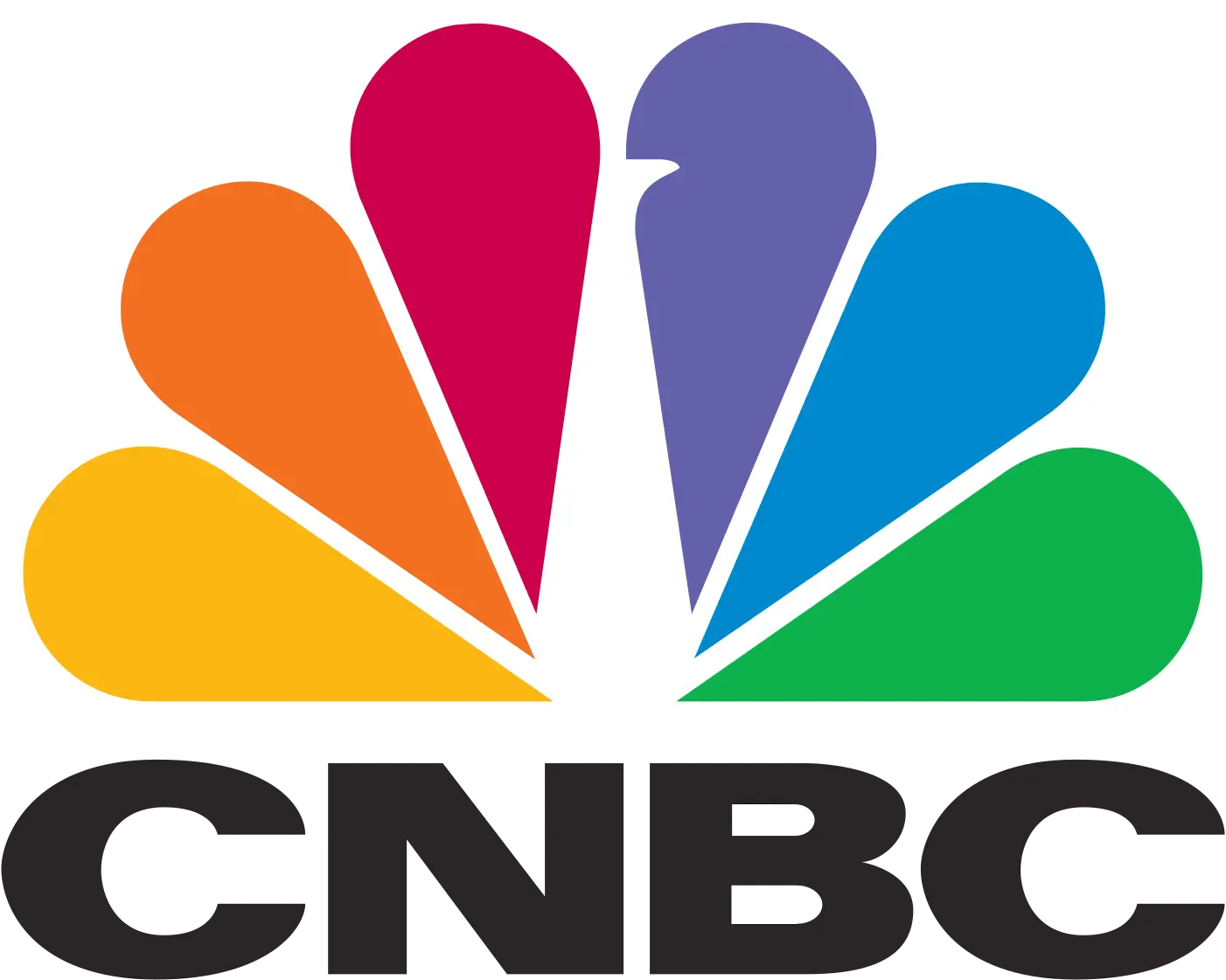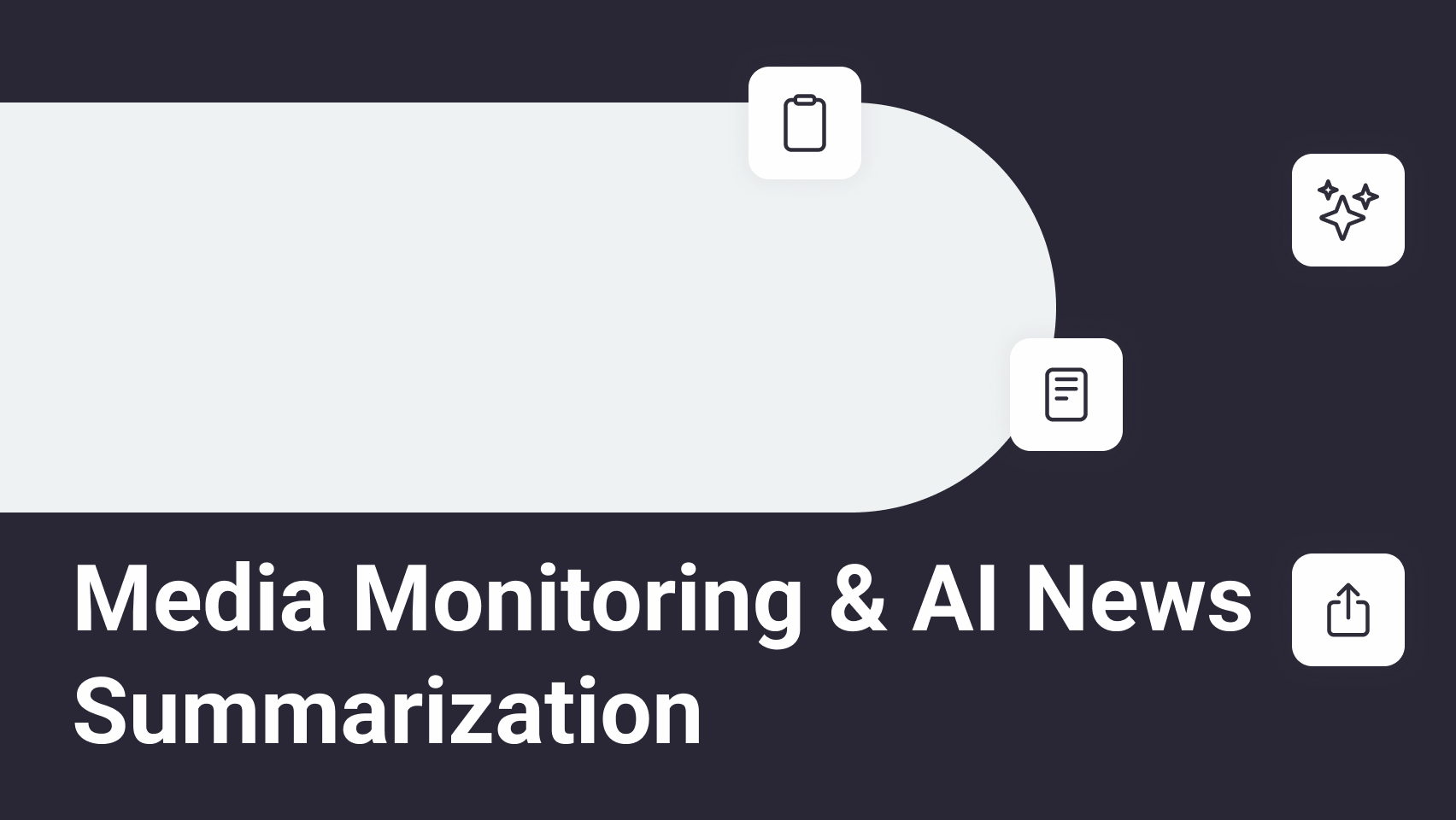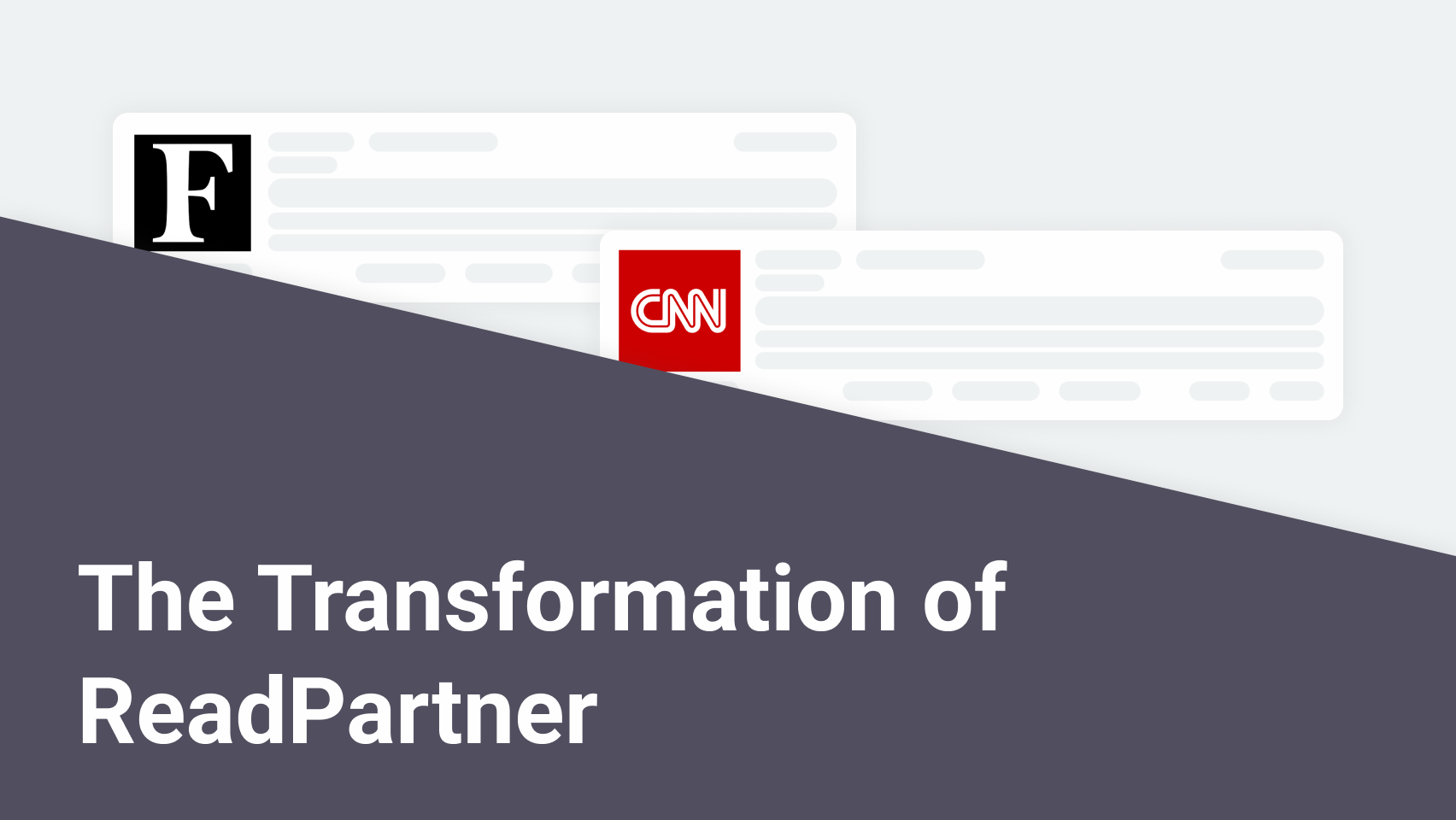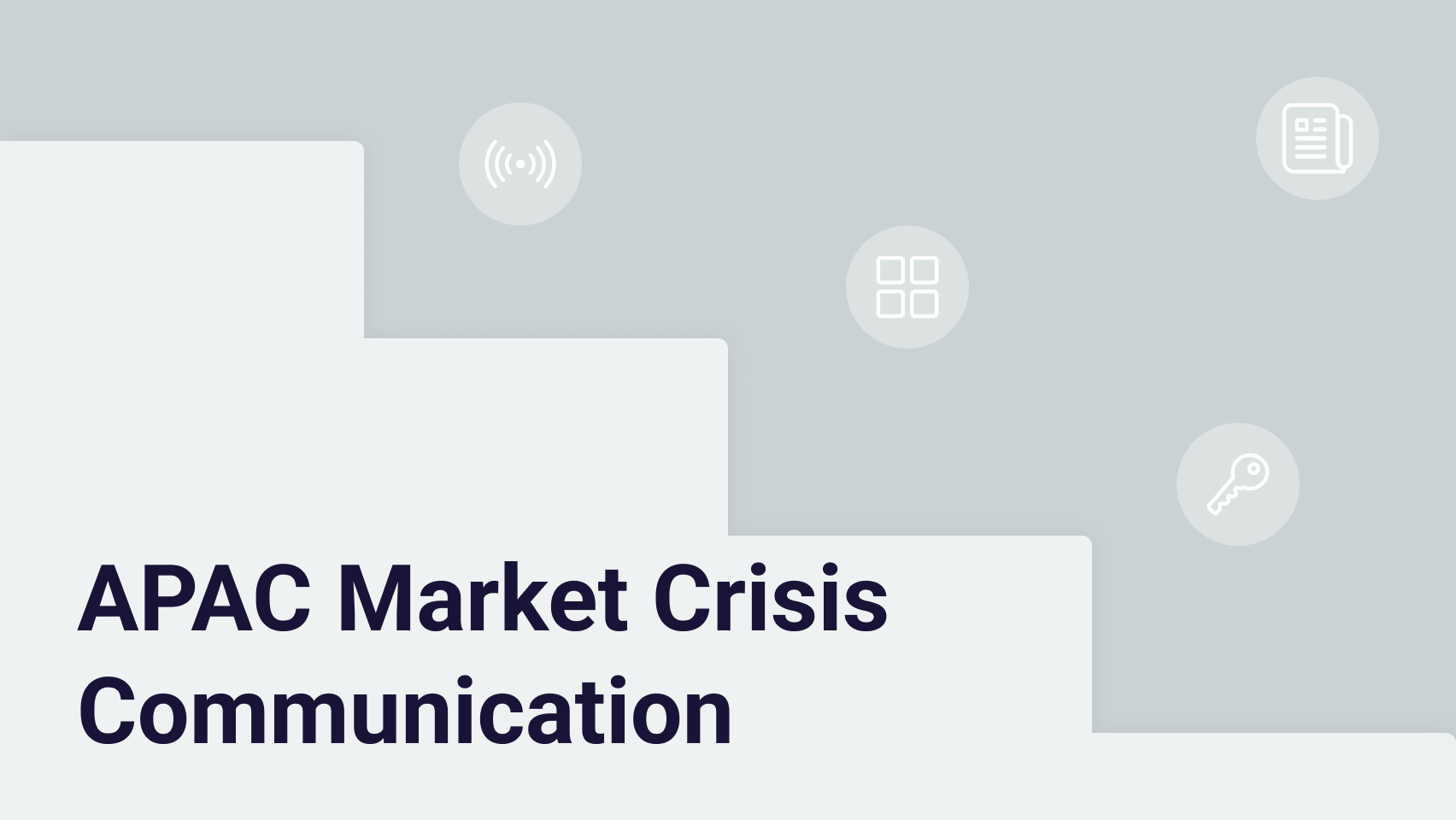The Role of Media Monitoring in Digital PR Campaigns

Public relations traditionally focuses on organically earned media. Earned media is great in terms of building brand reputation: since it is not controlled by the company, it can be perceived as more trustworthy and impartial by the public. That is why PR is an important part of PR work as it helps create a strong, credible image that advertising cannot achieve on its own.
Even though PR is an integral part of a healthy brand, the fact that it works with earned media creates challenges. Earned media is outside the brand’s direct control, meaning not only that a company cannot control the sentiment of publications, they also do not have hands-on influence on aspects like timing, angle, placement, and others. A single news story can spread faster than wildfire, putting additional time pressure on public relations specialists. And that is the reason many teams and professionals increasingly rely on media monitoring tools such as ReadPartner to track, analyze, and respond to brand mentions in real time.
How media monitoring drives PR success
We live in a world where a single story can go viral in hours, and staying unaware of how your brand is covered means completely surrendering control over your narrative and media presence. Effective media tracking is a crucial part of any PR campaign, as it provides the brand with the knowledge of what is happening in the media space. Media monitoring helps collect scattered mentions and create a clear picture of public perception, and understanding the situation is the first step to taking control of it.
The ability to stay knowledgeable and aware of both recent developments and the media landscape at large translates into concrete advantages for PR teams and professionals: from quick reactions to opportunity identification and competitor monitoring, helping make sure that crises do not snowball and opportunities are capitalized upon.
1. Rapid response to mentions
Response timing can have a profound impact on brand reputation. For example, inaccurate information can spread far and wide despite being factually incorrect. If the story is compelling, interesting, or catchy enough, people will retell it, spreading the misinformation further and further. Even when such misinformation is corrected, it can linger for decades in the public consciousness with many people still believing it, as the correcting statement was not as interesting as the original misinformed one, making it not reach many people who trusted the original narrative.
An example of such a situation would be the idea that people only use 10% of their brain. This idea seems to have originated in the beginning of the 20th century, when ideas presented by early psychologists and neuroscientists, such as William James and Wilder Penfield, were grossly misinterpreted and misquoted, and took a firm hold on the public consciousness. Even though this notion has been thoroughly disproven by modern research, many people to this day still believe that there is untapped potential of 90% dormant brain cells, making this idea permeate public perception for almost a century.
For public relations teams this means that if inaccurate or incorrect information is not properly managed early on and is given a chance to spread, it can be almost impossible to root it out of the public mind. For reasons like this one, fast and timely response to news developments can be the difference between a healthy brand and a ruined reputation.
2. Competitor mention analysis
Media monitoring does not only include following your own mentions. Keeping an eye on the competition helps create a fuller picture of the market, as well as spot opportunities they may unwillingly provide through what narratives they push or what they are struggling with.
A simple example of this would be if your competition receives negative coverage about their product recall, PR can start positioning your products as a reliable alternative to them, capitalizing on the public need to move away from products they see as undependable now. Or, if the opposite happens and your rival earns favorable reports in the media and positive response from the public, public relations teams can analyze why their stories caught the attention of the media and resonated with the public, allowing them to adjust their own messaging accordingly.
3. Trend identification
What people are interested in is constantly changing. Things that are at the center of conversations right now most likely will become outdated and will be replaced by something else next month. Monitoring trends, both industry and customer related, helps PR teams adjust their campaigns in real time, making sure the narrative they present to the public is relevant and resonates with people.
For instance, if new technology emerges and starts becoming a hot conversation topic in your industry, in-depth media analytics allow you to see that even before the popularity peak of this topic occurs. This, in turn, means that your brand has time to prepare the content and position themselves as an industry innovator when the topic is still gaining attention or is at its peak, instead of trying to chase the declining interest when the public has moved on to the next interesting thing.
4. Crisis prevention and management
It is not new information that the earlier a potential crisis is identified, the easier it is to manage. Media monitoring does exactly that: it provides near-real-time visibility into media reports that could escalate into problems. Catching a brewing issue early not only makes managing it easier, but it can provide opportunities to turn negative publicity into trust-building interactions with your customers or the media. If a company is able to respond before a negative notion takes root in the public mind, they can show transparency and accountability by addressing the issue adequately, such as engaging with affected customers and resolving their dissatisfaction, or highlighting the actions taken to prevent similar issues from happening in the future.
How ReadPartner supports media tracking for PR
ReadPartner is a media monitoring platform designed to automate news data collection for public relations professionals and increase their work efficiency and effectiveness. One of its core strengths is the efficiency of ReadPartner’s news processing algorithms which only take moments to present a story to the users after its publication.
ReadPartner provides the option to collect news based on keywords provided by the user, and it also supports Boolean operators. This allows PR teams to track both their own brand mentions as well as competition activity with high precision, making sure that nothing relevant is missed, and all the irrelevant information is properly filtered out and does not overload the already considerable news flow.
Besides news and keyword tracking, ReadPartner also offers advanced media intelligence analytics. By presenting visualized data on how keyword popularity changes over time, ReadPartner enables PR teams to spot what is gaining popularity before it reaches its peak. This assists professionals in making timely corrections in messaging, creating relevant content, and positioning their brand in a strategic manner so that campaigns are impactful and resonate with the public.
When it comes to pitching stories to journalists, the main issue is that in many cases it can be like shooting in the dark. ReadPartner’s Author Finder provides the tools to PR to track the publications in their industry by author and study their publishing patterns, allowing them to prioritize who to pitch to, and tailor the pitches to appeal to the interests and preferences of individual newswriters. On top of that, this feature is capable of surfacing up-to-date, direct contact details of authors that write for your business sector.
The main issue with crisis prevention news tracking is that no one knows what or when something is going to be published that can affect the brand’s reputation. ReadPartner’s news monitoring addresses this uncertainty by allowing PR to monitor the sources covering or directly affecting their industry. Coupled with Real-Time Alerts, which deliver instant notifications to email or slack to all the team members involved in the process, ReadPartner makes sure that no critical developments are missed.
Even with news collection automation tools, monitoring everything that a particular PR team needs still results in an immense amount of information. That is why ReadPartner invests heavily in efficiency-boosting tools. Advanced filters allow further refinement of any collected information, facilitating targeted news consumption, while integrated AI is able to summarize the latest developments and generate presentation-ready reports, cutting time spent digesting the information.
Getting started with ReadPartner
Adding ReadPartner to your workflow is a straightforward process as the platform is designed to be clear and user-friendly for PR professionals at all levels of technical expertise.
ReadPartner offers to test ReadPartner in action and show how it can be tailored to your specific business needs.
2. Enter keywords to monitor
ReadPartner can monitor your keywords across both traditional and social media, collecting updates into easy-to-read feeds.

3. Take advantage of the Author Finder feature
Author Finder allows you to follow journalists and see the topics they write about, their sentiment towards them, as well as their contact information.

4. Set up Internal Newsletters
Internal Newsletters deliver regular news updates to team members that you select, allowing you to make sure that your team is aligned and everyone has an understanding of the current situation. These digests deliver precise summaries of the latest developments for the topics you monitor.
Conclusion
Earned coverage affects a brand’s reputation to a great degree: it can play a crucial role in both building it as well as damaging it. What it’s going to be depends on how well-informed PR is and how fast they can react to the ever-changing public perception. Media monitoring provides professionals with the ability to process all the necessary information at a speed much higher than is possible to achieve manually, ensuring that they can react fast, know the competition and the industry landscape, follow trends, and stay ahead of the crises before they snowball out of control. ReadPartner simplifies media monitoring and delivers timely insights which allows PR teams to focus on strategy and execution rather than constant data collection, helping turn awareness into opportunity.
FAQ
References
- “Do we only use 10 percent of our brain?” by MIT
https://mcgovern.mit.edu/2024/01/26/do-we-use-only-10-percent-of-our-brain/
- “Lucy: Debunking the 10% brain myth” by Emory University
https://news.emory.edu/stories/2014/07/mm_emory_looks_at_hollywood_lucy/
- Survey by the Michael J. Fox Foundation for Parkinson's research
https://www.michaeljfox.org/publication/new-survey-finds-americans-care-about-brain-health-misperceptions-abound?id=484&category=7
Stay ahead of media











